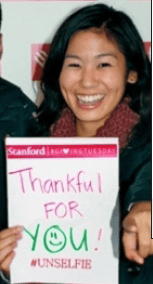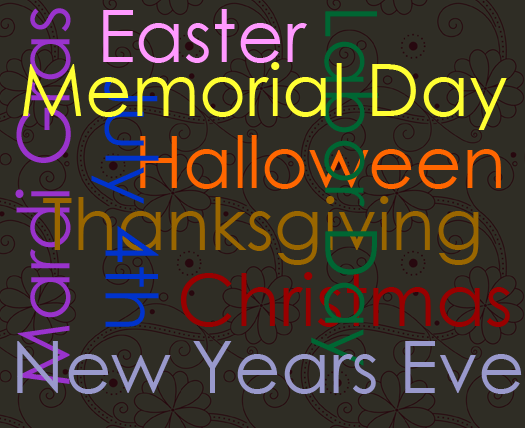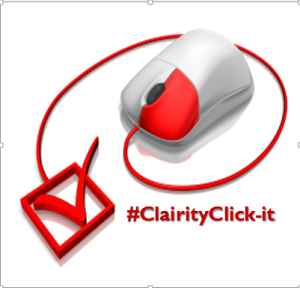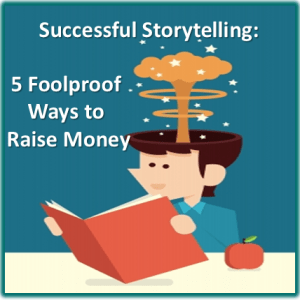 I had a fundraising post all ready to launch today, but I just couldn’t do it.
I had a fundraising post all ready to launch today, but I just couldn’t do it.
The world seems wildly out of whack right now. I can’t pretend it’s business as usual.
I try to stay away from “politics,” because I know that’s not why you read my blog. However, we live in a political world. And so do our nonprofits, our staff, our volunteers, our donors and our clients. Simply put, politics is about making agreements between people so that they can live together in groups.
Nonprofits cannot seal themselves off in little bubbles, pretending what’s happening in the rest of the world doesn’t exist.
That’s why, during the pandemic, I encouraged you to talk about how events touch those who rely on you. It’s why, all the time, I encourage you to relate your work to what’s in the news and top of mind to donors. Be it hurricanes, fires, famine, drought, social unrest, war, civil liberties, mass shootings, homophobia, racism, sexism, bigotry, or anything else horrifying to body, mind, heart and soul.
If it’s something you’re thinking about, you can bet it’s something your constituents are thinking about.
If you don’t address it, you risk coming across as unimportant, blind, shallow or out of touch. Being relevant, and meaningful, means getting inside your supporters’ heads and knowing what’s important to them. What are they thinking? How are they feeling? In what way do the emotions they’re currently experiencing interact with your mission? How can they help you, and you help them?
I don’t know how you’ve been feeling, but many folks I’ve been talking to have mentioned anger, outrage and fear. Even those who are happy about one or two things are deeply concerned about other developments. And this holds true for both sides. Listen to Fox News, then listen to MSNBC. You’ll hear equal doses of horror. The pendulum has been swinging wildly, back and forth, and the world seems madly out of whack.
What can the social benefit sector do to bring things back into balance?
I keep coming back to the Golden Rule. What if none of us ever did anything to anyone else we didn’t want them to do unto us? What if we only treated others as we would want to be treated? It seems so simple. So logical. So in everyone’s best interest.
What is it about the human animal that leads the same people who don’t want government to impose mask or vaccine mandates on them wanting to impose no abortion mandates on others? Or, from the other perspective, those who don’t want government telling them they can’t smoke pot wanting to tell others they can’t carry guns? All of this “I can impose, but you can’t” is nonsense from the perspective of “do unto others.” Yet, we persist.
The only way to make sense of these things is through an understanding of balance. We must strive toward philanthropy (translated as “love of humanity”).


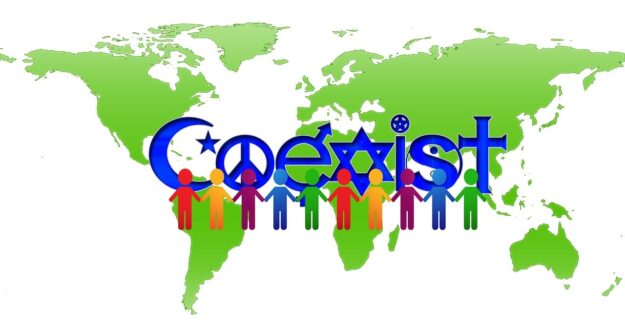



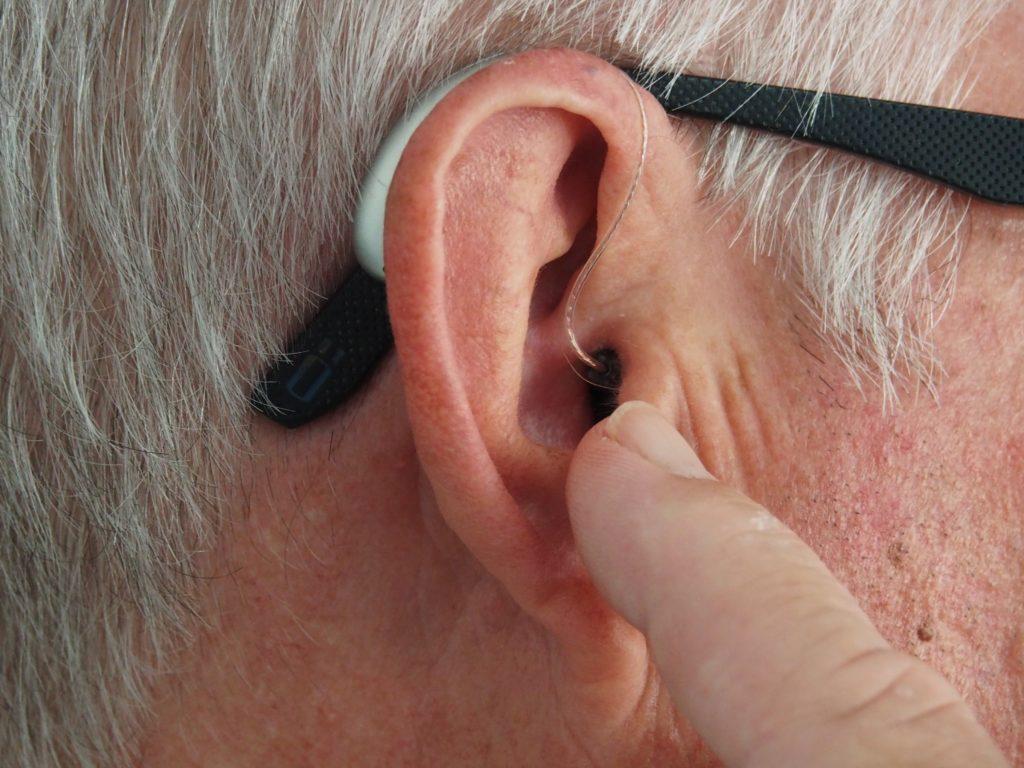 A couple of years ago I wrote about
A couple of years ago I wrote about 
 When you’re not aware you’re making a mistake, it’s hard to avoid it.
When you’re not aware you’re making a mistake, it’s hard to avoid it.
 Early in my career I received a piece of fundraising advice that has stuck with me to this day:
Early in my career I received a piece of fundraising advice that has stuck with me to this day:

 Want your donors to sustain you? Then you can’t consume them in five minutes.
Want your donors to sustain you? Then you can’t consume them in five minutes.
 Here is some wisdom gleaned from many decades of personal nonprofit work.
Here is some wisdom gleaned from many decades of personal nonprofit work.

 Have you started working on your annual appeal and year-end fundraising plan?
Have you started working on your annual appeal and year-end fundraising plan?

 I had a fundraising post all ready to launch today, but I just couldn’t do it.
I had a fundraising post all ready to launch today, but I just couldn’t do it.
 The major gift journey is a synergistic one. You see, it’s both your journey and your donor’s journey.
The major gift journey is a synergistic one. You see, it’s both your journey and your donor’s journey.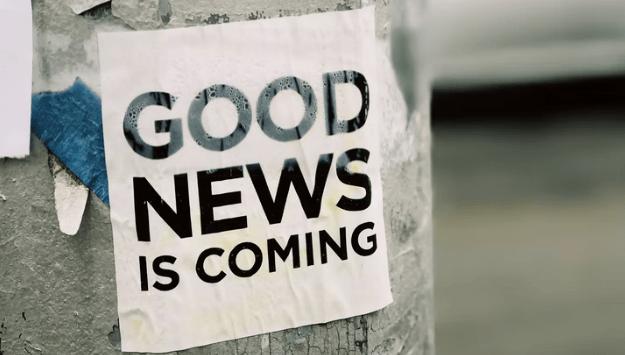





 The modern model is more like a vortex — an energized circle where everyone is equal. People move in and out as needed, and your job is to keep the energy flowing.
The modern model is more like a vortex — an energized circle where everyone is equal. People move in and out as needed, and your job is to keep the energy flowing.
 How often have you heard someone say “I hate fundraising; I’ll do anything else,” or something along those lines?
How often have you heard someone say “I hate fundraising; I’ll do anything else,” or something along those lines?
 When you’re not aware you’re making a mistake, it’s hard to avoid it.
When you’re not aware you’re making a mistake, it’s hard to avoid it.



 People are wired for stories
People are wired for stories

 The major gift journey is a synergistic one. You see, it’s both your journey and your donor’s journey.
The major gift journey is a synergistic one. You see, it’s both your journey and your donor’s journey.




 The inimitable Seth Godin recently posted some wisdom I want to share, because it applies directly to how you must ‘sell’ your nonprofit if you hope to inspire folks to join with you to solve the problems you address.
The inimitable Seth Godin recently posted some wisdom I want to share, because it applies directly to how you must ‘sell’ your nonprofit if you hope to inspire folks to join with you to solve the problems you address.
